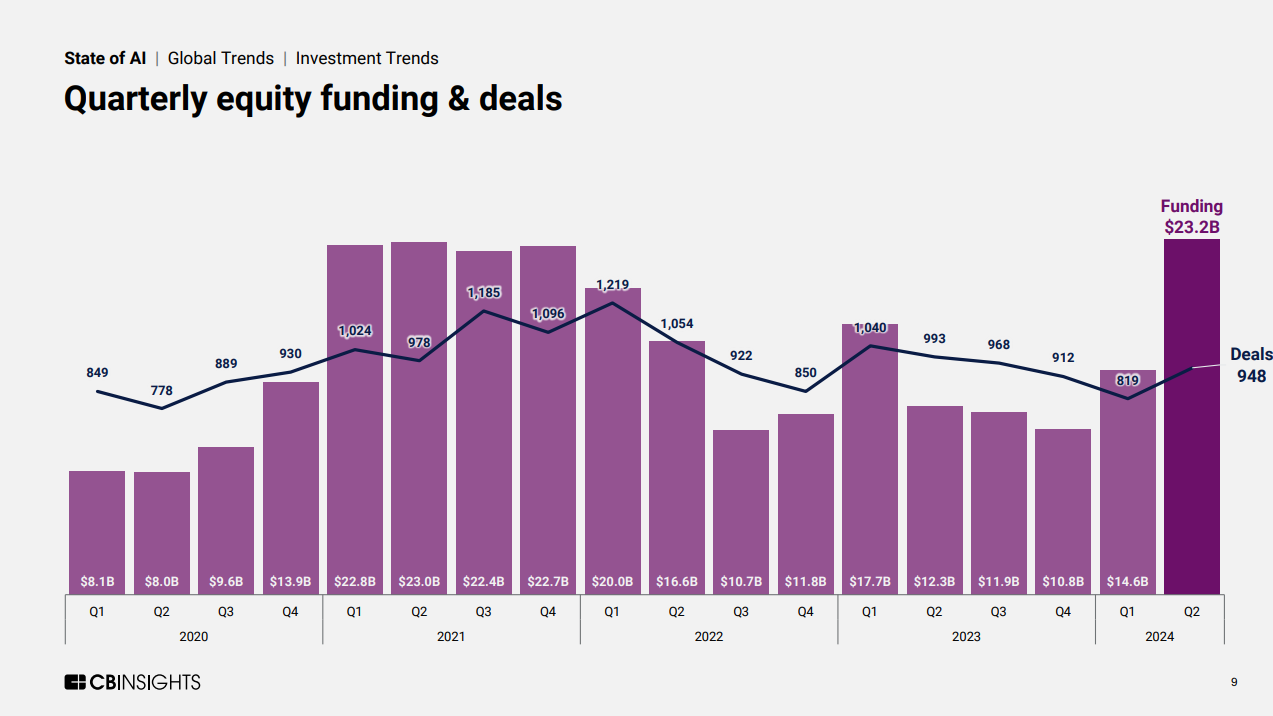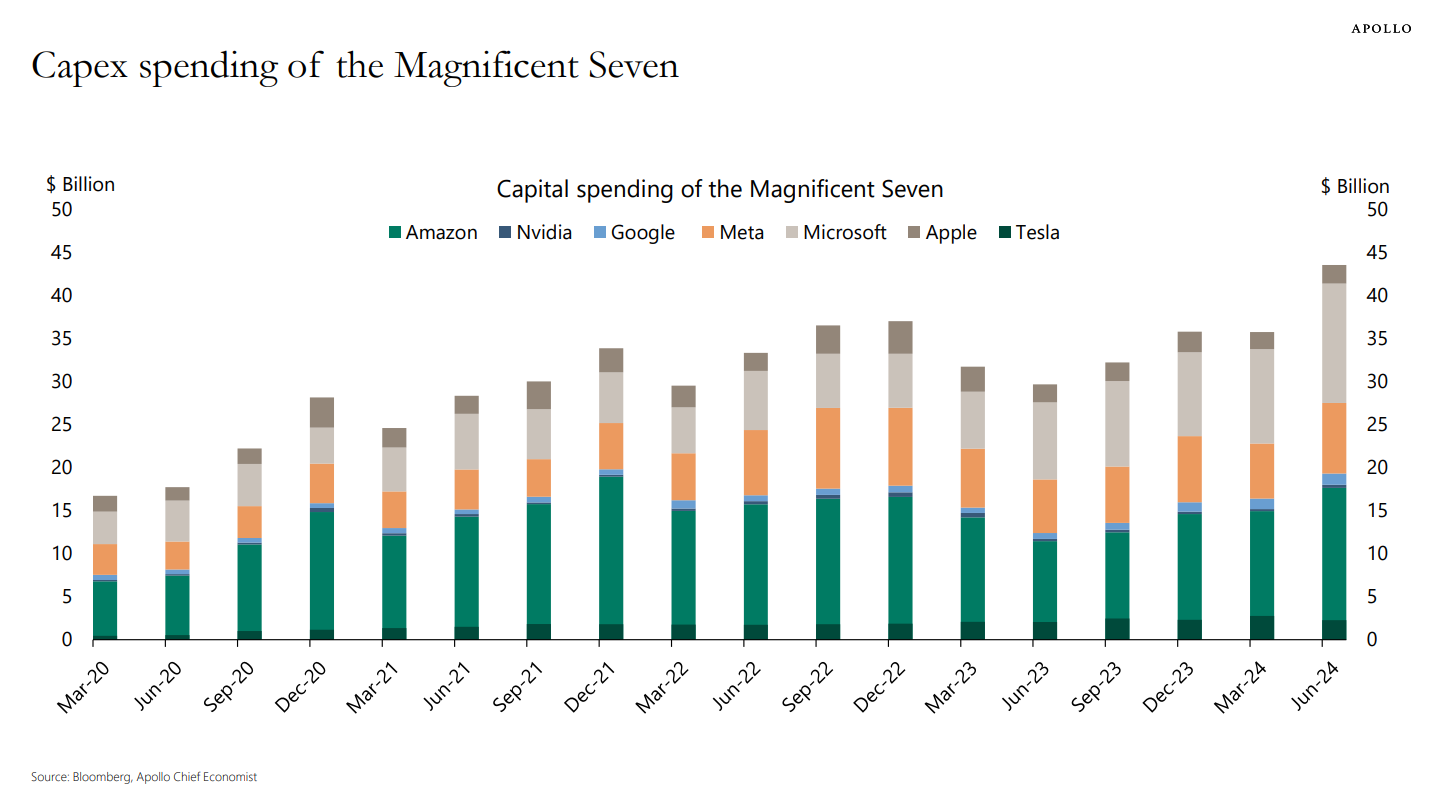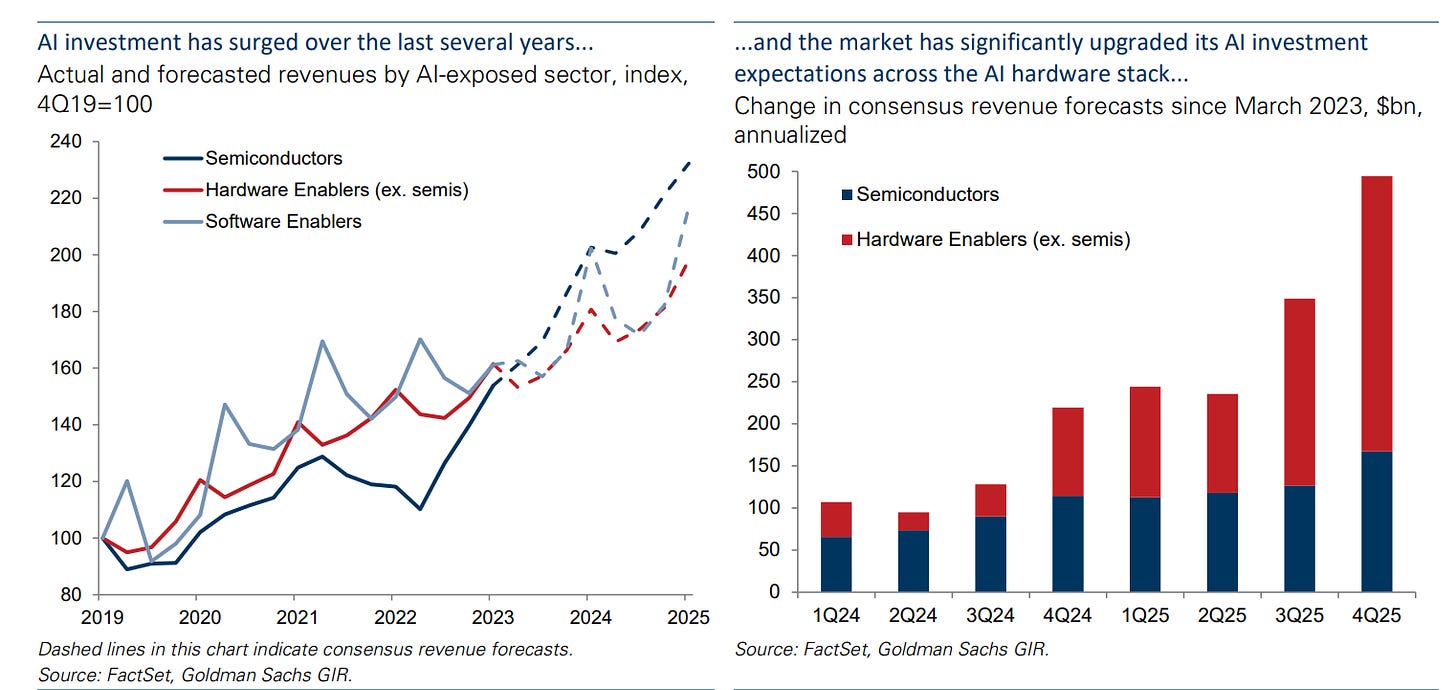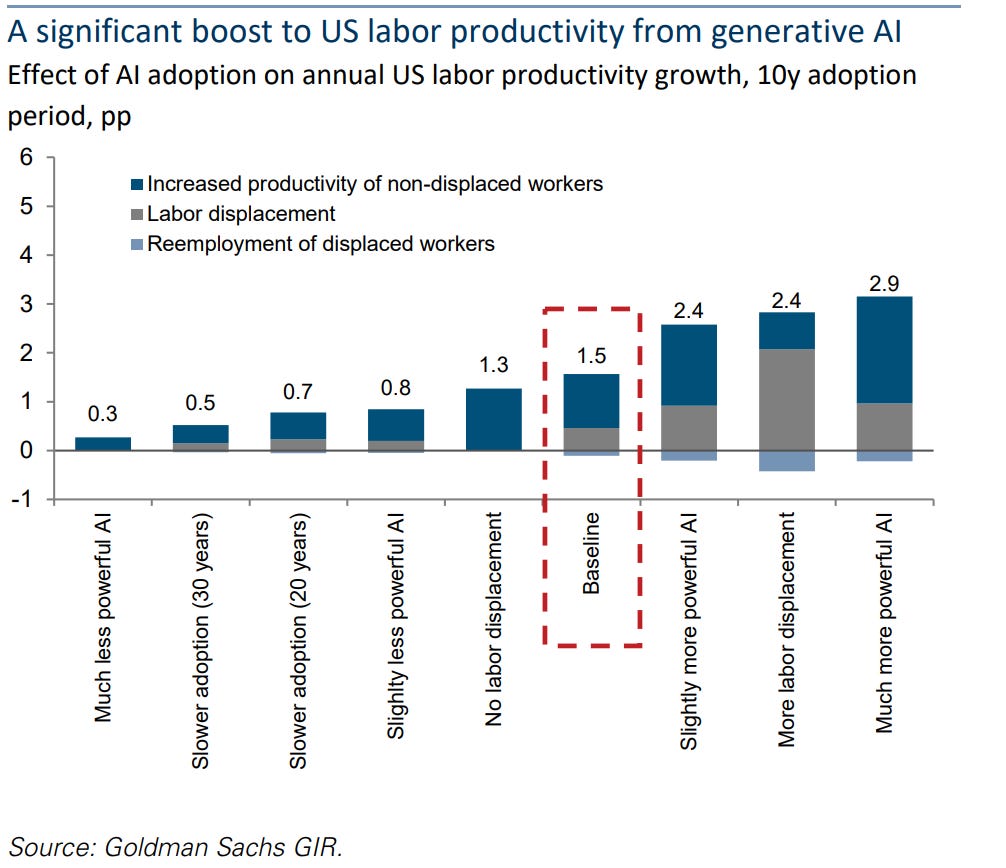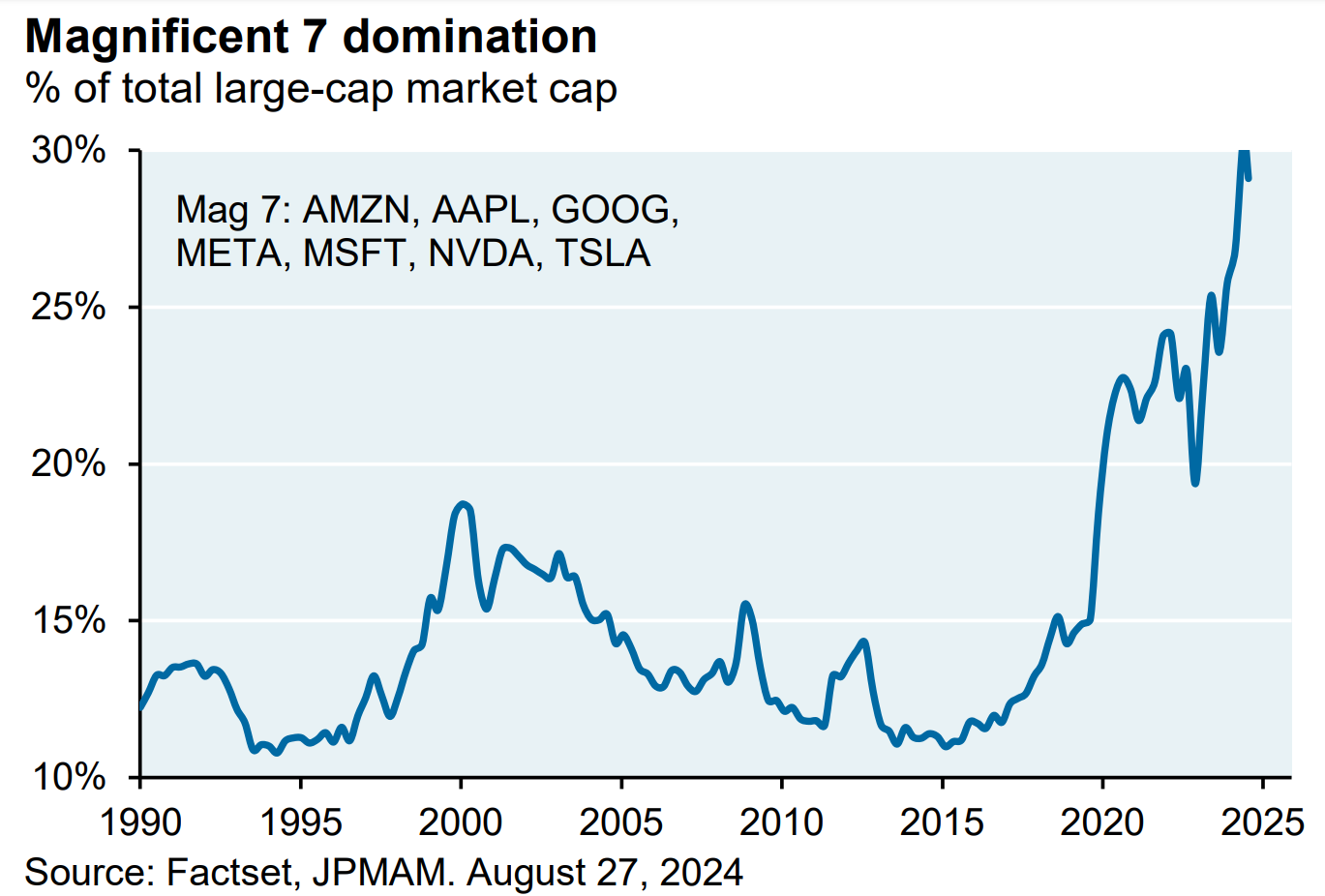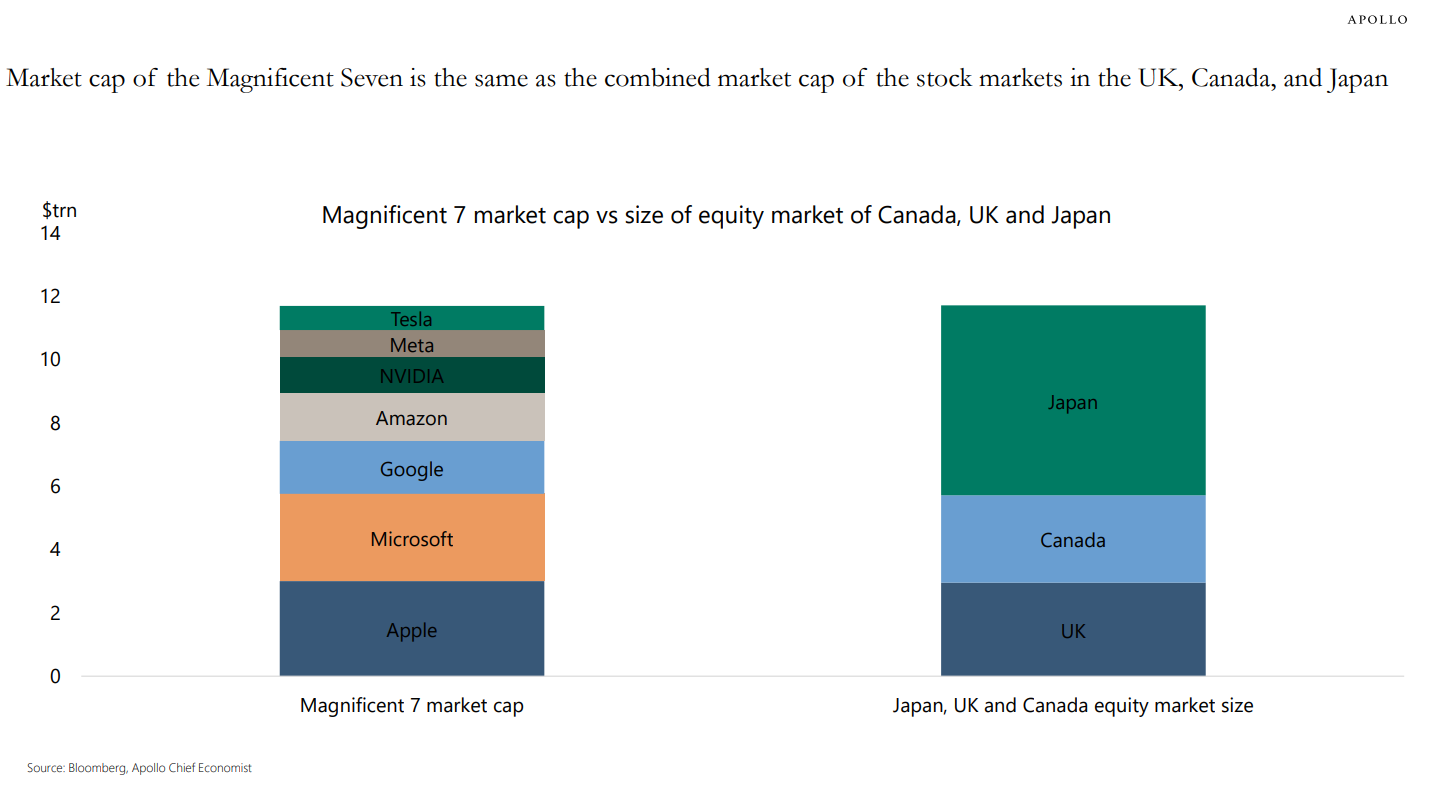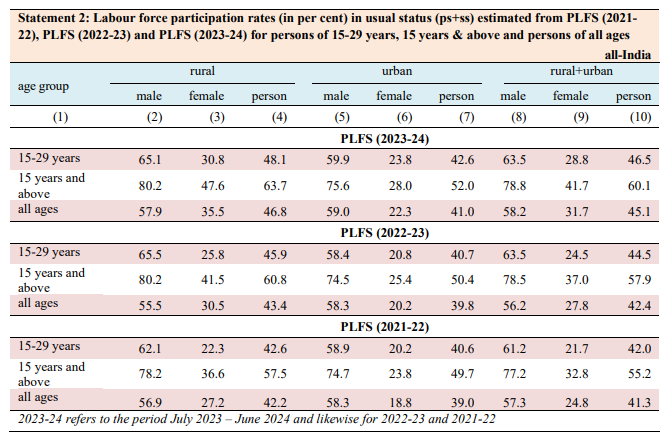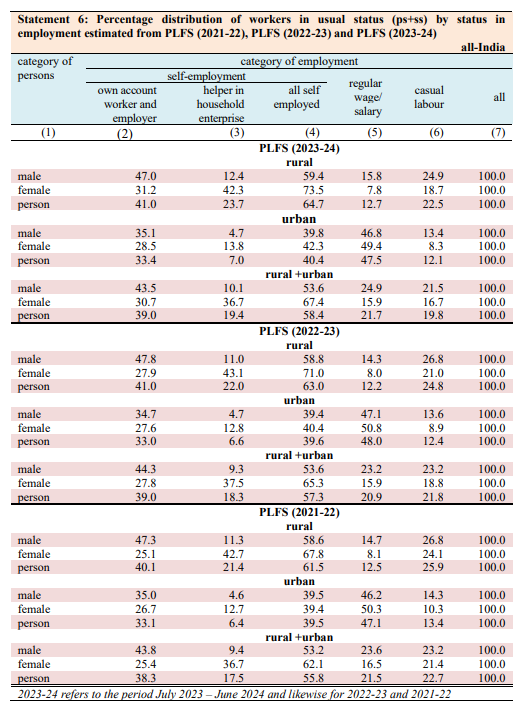Our goal with The Daily Brief is to simplify the biggest stories in the Indian markets and help you understand what they mean. We won’t just tell you what happened, but why and how too. We do this show in both formats: video and audio. This piece curates the stories that we talk about.
You can listen to the podcast on Spotify, Apple Podcasts, or wherever you get your podcasts and video on YouTube.
You can also listen to The Daily Brief in Hindi.
Today on The Daily Brief:
- Results of SEBI’s board meeting
- Open AI is revolutionary but loss making
- Is India really working hard?
Results of SEBI’s board meeting
Let’s talk about SEBI’s recent board meeting on September 30th. This is where India’s market regulator lays down the rules, and any changes they make tend to ripple across the market, affecting investors, traders, and companies. This time, while many expected some big announcements on the futures and options front, SEBI didn’t touch on that just yet. A draft circular is expected soon, but for now, the focus was on updates to make the market easier to navigate, especially for retail investors like us.
1. New options for stock market trading
SEBI announced 17 key changes, but let’s focus on the ones that will actually impact your investing experience. While some updates are more relevant to companies, we’ll stick to the highlights that matter for those of us directly involved in the market.
Currently, when you trade, you need to transfer money into your trading account before placing a buy or sell order. That’s about to change. Starting in February 2025, SEBI is rolling out two new ways to trade, giving you more control over your money:
- UPI block mechanism : Similar to the ASBA process in IPOs, your money stays in your bank account and is only blocked until the trade goes through. So, if you don’t end up trading, your money remains untouched.
- 3-in-1 trading account : Your savings, demat, and trading accounts will be linked, so no more moving money back and forth.
Why does this matter? It makes things more convenient and secure. Your money stays with you until the trade is confirmed, cutting down the hassle of transferring funds between accounts.
2. T+0 settlement
Currently, when you buy or sell shares, it takes one day to settle the transaction, meaning your money or shares arrive in your account the next day (T+1). SEBI tested T+0 settlement with a few stocks and got good feedback.
Now, they’re expanding it to the top 500 companies. What does this mean for you? Same-day settlement. If you sell shares, you’ll get your money or shares by the end of the day, giving you quicker access to funds. For traders needing fast liquidity, this is a game-changer.
3. Easier registration for Investment Advisors (IAs) and Research Analysts (RAs)
In a country with around 10 crore unique investors, there are fewer than 1,000 registered investment advisors. Why? The current regulations are tough, discouraging many from entering the field.
SEBI is making it easier for new advisors to get registered:
- No prior experience is required.
- A basic graduate degree will be enough.
- Once you pass the certification exam, you won’t have to retake it.
This should bring more advisors into the market, making quality financial advice more accessible to everyday investors.
By the way, if you want a deeper dive into how these changes could reshape the advisory world, we’ve got an episode on that—check the link in the description.
4. Faster rights issues
Raising money through rights issues has been one of the slowest processes for companies, taking an average of 317 days—almost a year.
SEBI has now shortened this timeline to just 23 days, giving companies a much faster way to raise capital. For investors, this means quicker opportunities to buy more shares in companies you already own.
5. New mutual fund product
Traditional mutual funds are great for safety but lack flexibility. On the other hand, Portfolio Management Services (PMS) offer more control but come with higher risks and are usually for ultra-high-net-worth individuals.
SEBI’s solution? A new mutual fund product that sits in the middle. It offers more flexibility than regular mutual funds but with strong regulatory safeguards. Key features:
- Minimum investment of ₹10 lakh.
- No leverage allowed, meaning fund managers can’t borrow money to invest.
- Limited derivative exposure (up to 25% of the portfolio).
This gives wealthier investors a way to take on a bit more risk for potentially higher returns while staying within the safety net of regulated products.
6. “Mutual Funds Lite” for passive investors
Not all mutual funds are the same. Some are actively managed, while others, like ETFs or index funds, are passively managed. Right now, all funds fall under the same rules, but that’s about to change.
SEBI is introducing a lighter regulatory framework for passive funds, making it easier for fund houses to offer them. Passive funds usually have lower fees and are easier to manage, so this change could bring more options for investors looking for a simple way to grow their money.
7. Easier nomination process
Nominating someone to inherit your investments has always been a bit of a hassle. Currently, you can only nominate up to three people, and transferring assets can involve a lot of paperwork and delays after the account holder’s death.
SEBI is simplifying this by allowing investors to nominate up to 10 people across different accounts, while also reducing the paperwork required. This should make it much easier for families to inherit investments without unnecessary delays.
Open AI is revolutionary but loss making
OpenAI’s financials have been grabbing lots of attention, let’s take a look at why.
According to reports, OpenAI is set to bring in about $3.7 billion in revenue this year, which is impressive for a company that’s only been around since 2015. But things get interesting when you look at their losses. OpenAI is projecting nearly $5 billion in losses this year! This shows just how expensive it is to build, run, and scale cutting-edge AI.
Despite these big losses, OpenAI has managed to keep going because they’ve been able to consistently raise funds. Right now, they’re on the verge of closing a massive $6.5 billion funding round, which will push the company’s valuation to a staggering $150 billion!
But that’s not the whole story. OpenAI has hit some bumps lately. Just last week, their Chief Technology Officer (CTO), Mira Murati, resigned unexpectedly. And she’s not the only one. Chief Research Officer Bob McGrew and VP of Research Barret Zoph also left. Earlier this year, they lost co-founder and Chief Scientist Ilya Sutskever, co-founder John Schulman, and top researcher Jan Leike.
This isn’t just a few people leaving anymore—it’s starting to look like a wave of talent exiting OpenAI.
There’s also more happening behind the scenes. According to a report by the Wall Street Journal , OpenAI’s shift from being a non-profit research lab to a profit-driven company is causing some internal friction. There’s talk of rushed product launches, concerns about safety testing, and doubts about whether AI can live up to the huge promises being made. Some employees are worried that the push for commercial success is overshadowing OpenAI’s original mission to develop safe and beneficial AI systems.
Now, let’s zoom out for a moment and talk about the bigger picture. OpenAI isn’t the only company seeing a flood of attention and investment—AI funding has been skyrocketing globally. In the second quarter of 2024 alone, AI companies raised a record $23.2 billion, a 59% jump from the previous quarter. And the average deal size has also shot up—from $18.6 million last year to $28.9 million now!
Since 2020, the AI sector has attracted $280 billion in investments, with $91 billion of that coming in 2021 alone. We’re in the middle of an AI gold rush.
Source: CBInsights
As a result, the world’s biggest tech giants—Microsoft, Google, Amazon, and Meta—are doubling down on AI infrastructure. These companies have ramped up their capital spending by 50% this year, pouring over $100 billion into AI-related infrastructure like data centers, chips, and hardware. Some analysts predict this could grow to over a trillion dollars in the next five years!
Source: Apollo Academy
But here’s the catch—despite all this spending, revenue hasn’t quite caught up. David Cahn of Sequoia Capital talks about a “$500 billion hole” in the AI ecosystem, meaning there’s a big gap between the massive infrastructure investments and the revenue growth AI is producing. In a way, it’s like we’ve built a huge highway, but there aren’t enough cars on the road yet.
AI adoption rates tell a similar story. Data from the US Census Bureau shows that only about 5% of American companies are using AI to produce goods and services, and that’s actually down slightly from earlier this year. Even in tech-heavy industries, adoption is hovering around 10-20%. The Information sector is leading with about 30% adoption, but overall, the rates are lower than you’d expect given all the hype.
Even for individuals, around 39% of Americans between 18 and 64 have used generative AI. While that’s a decent number, it’s not quite the adoption rate you’d expect from a technology that’s being talked about as the next big thing.
So, despite all the excitement and investment in AI, we’re not seeing massive real-world applications or revenue just yet. Even Nvidia, one of the biggest winners of the AI boom, recently saw its stock take a hit.
According to MIT professor Daron Acemoglu, AI’s economic impact over the next decade might not be as revolutionary as some are predicting. He estimates AI will only boost productivity by about 0.5% and GDP growth by just 0.9% over the next ten years. That’s far from the world-changing impact many are expecting.
Source: Goldman Sachs
Jim Covello, head of global equity research at Goldman Sachs, adds that for AI to justify its massive development and operating costs, it needs to solve complex problems, which, in his view, it’s not yet built to do. Covello compares AI to truly revolutionary inventions like the internet, which disrupted industries with low-cost solutions. AI, on the other hand, is expensive and still struggling to find cost-effective applications.
So, while there’s a lot of excitement and money pouring into AI, real-world applications and revenue are lagging behind. It feels a bit like the early days of the internet boom or the recent crypto craze—there’s massive potential, but it might take longer than expected for AI to truly transform businesses and generate significant returns.
Is India really working hard?
The government recently released its latest Periodic Labour Force Survey, and the headline is that India’s unemployment rate has stayed steady at 3.2%, the same as last year. But what does this really mean, and why should someone like you or me care?
The unemployment rate shows the number of people who want to work but can’t find a job. It doesn’t include those who don’t want to work, so it’s important to keep that in mind. If we focus too much on this one number, we might overlook something crucial: how many Indians of working age aren’t even trying to work?
This used to be a big issue. Back in 2017-18, only about 50% of Indians over the age of 15 were part of the workforce. Today, that number has jumped to 60.1%, which is just shy of the global average of 60.8%. That’s a 20% increase in India’s workforce in just five years, and the driving force behind this change? Women! In 2017-18, only 23.3% of Indian women were in the workforce. Now, that figure has soared to 41.7%.
This sounds like a huge win, and in many ways, it is. More Indians are working, and with the unemployment rate holding steady, it means jobs are being created. But there’s more beneath the surface, and it hints at some deeper economic challenges. Let me explain.
Employment numbers only tell part of the story. If you’ve ever had a job, you know that not all jobs are created equal. Some are fulfilling and productive, while others are just there to pass the time.
This is a persistent issue in India. For many people, especially those in poverty, not working isn’t an option. Only the wealthiest or most educated can afford to stay unemployed while waiting for the right job. Most people take whatever work they can find just to survive, but that doesn’t mean the work is meaningful or well-paid. Many are underemployed or stuck in what’s called ‘disguised unemployment’ — they have a job, but they’re not really needed. Employers can afford to hire them because wages are low.
This is especially common in family businesses, where family members might help out for little or no pay. These workers are labeled as ‘self-employed’ in the statistics, but self-employed workers usually earn less and work fewer hours than salaried employees. In fact, there’s been a noticeable rise in self-employed workers recently.
This trend is especially visible in agriculture, where families often employ extra hands for odd jobs on the farm. Agriculture has long been a hub for disguised unemployment in India. It’s where people turn when they can’t find better-paying work. And the numbers reflect this. Agriculture employs about half of India’s workforce, but it contributes less than a fifth of the country’s economic output. That means it’s highly inefficient compared to other sectors. Worker for worker, other countries get far more from their agricultural sectors than we do.
Because farming is so low in productivity, it doesn’t pay well either. But it still accounts for 60% of all jobs in rural areas. Traditionally, men would leave their villages to find work in cities and send money back to their families. But COVID-19 changed all of that. The pandemic wiped out many jobs in cities, cutting off the flow of money to rural households. At the same time, rising inflation meant families needed more income just to get by. As a result, the share of workers in agriculture has actually increased, from 45.5% in 2021-22 to 46.1%. That might sound like a small shift, but we’re talking about tens of millions of people.
Interestingly, most of these new agricultural workers are women, many of whom are self-employed. Meanwhile, the share of men working in agriculture has slightly decreased. One possible explanation? Men are heading back to the cities in search of more stable jobs, while women have stepped in to keep their households going.
This pattern isn’t unique to India. Across Asia, women often act as a “buffer” workforce — stepping into flexible, casual jobs when times are tough, and viewed as secondary earners in their families.
Tidbits
- Sony India posted its best profit in eight years, with a 20% sales growth in FY24, reaching ₹7,664 crore in revenue and ₹225 crore in profit. This surge is fueled by strong demand for premium products like large TVs and gaming consoles. However, the company anticipates slower growth of 10-15% next year due to a high base.
- A fire at Tata Electronics’ Hosur plant disrupted iPhone component production, but shipments remain unaffected thanks to existing stock. Ongoing investigations may delay expansion plans if disruptions continue.
- CarDekho is eyeing a $500 million IPO with a valuation target between $2-2.5 billion. Early investors may partially exit, and the funds will be used for geographical and category expansion.
- Tata Power will invest ₹1.2 trillion in Rajasthan over the next decade, focusing on renewable energy and EV infrastructure. This is expected to create 28,000 jobs and contribute to India’s green energy goals.
Thank you for reading. Do share this with your friends and make them as smart as you are ![]()
If you have any feedback, do let us know in the comments


